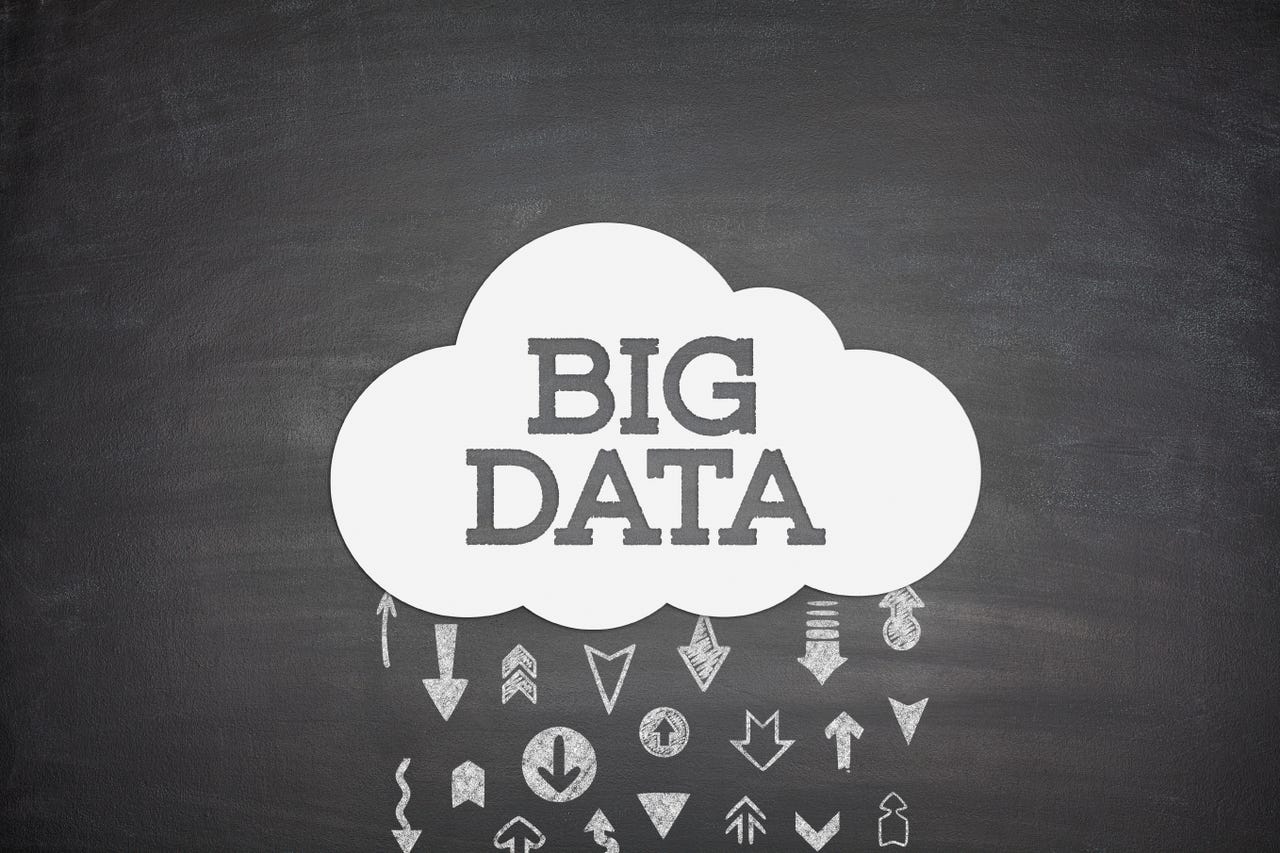The cloud and new big data sources

Smart IT leaders are already using the cloud to help deliver intelligence to the right people at the right time. The cloud gives business leaders the flexibility to scale resources up or down on demand. Such flexibility means firms can spin up a data-led experiment quickly and then scale back when requirements change.
Leading-edge organisations are taking this form of delivery a step further. Data-focused organisations are using the cloud to make the most of new sources of big data (such as population flow and social streams) to create a new and even more focused approached to analytics.
CIOs and their c-suite peers are gaining a competitive edge by using open source tools like Apache Hadoop and Spark, to turn a mass of data from various sources (including sensors, social feeds and structured data) into actionable insight in real time. The results can be remarkable.
Take the city of Barcelona, which is using the hybrid cloud to store and analyse structured and unstructured data. The system collects information on various subjects, such as bike usage and population flow. Knowledge is presented in a dashboard that gives 120 key performance indicators to staff and citizens.
Leeds Teaching Hospital in the UK is also using the hybrid cloud to support advanced analytics. The organisation uses tools like Hadoop to analyse text files, hospital visit records and retail drug sales. By investigating big data, the hospital identifies costly errors such as tests that were not recorded in clinical databases.
Data-led change does not stop there. Even more advanced capabilities -- such as predictive and cognitive analytics, which integrate context and sentiment data -- are beginning to impact the enterprise. Once again, the cloud will provide the bedrock for these analytics technologies, allowing CIOs to increase support to IT resources as business demands evolve.
What all these developments demonstrate is that the effective use of big data in an enterprise context is inexorably linked to the cloud. The amount of information your organisation deals with is only going to increase. But the cloud provides a strong platform from which to turn structured and unstructured data sources into great business insight.